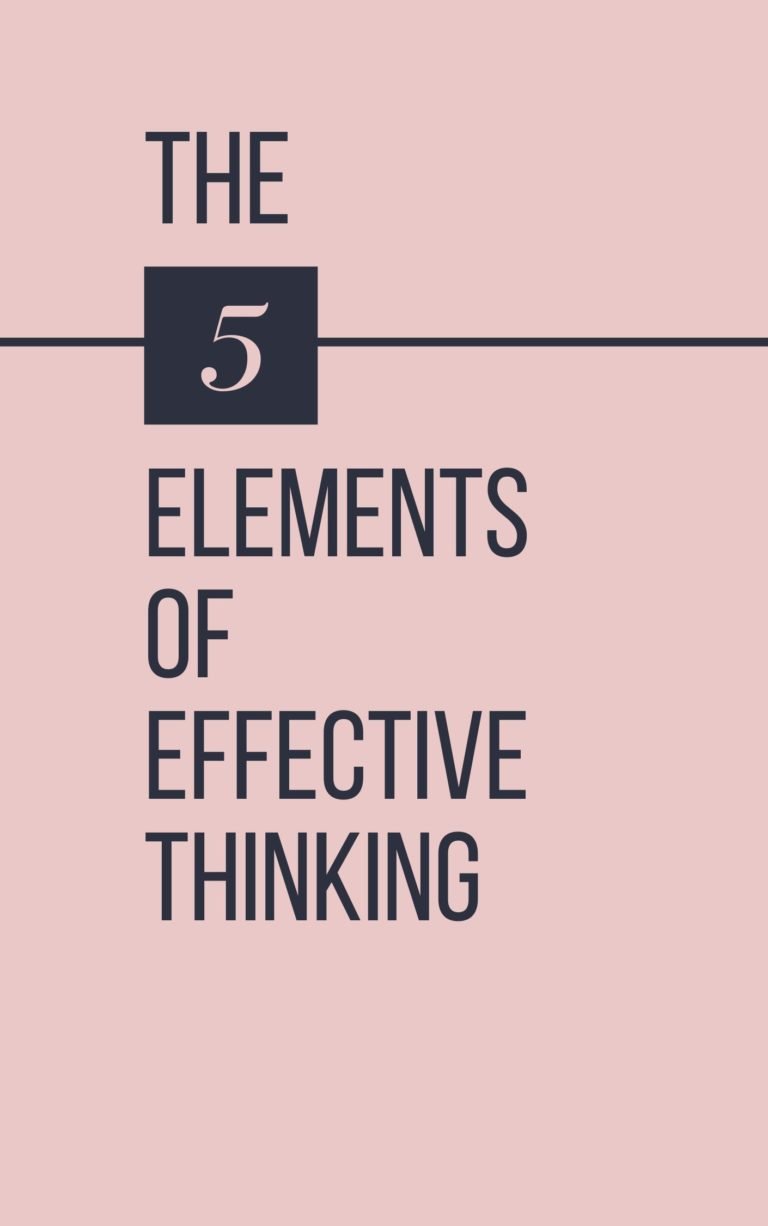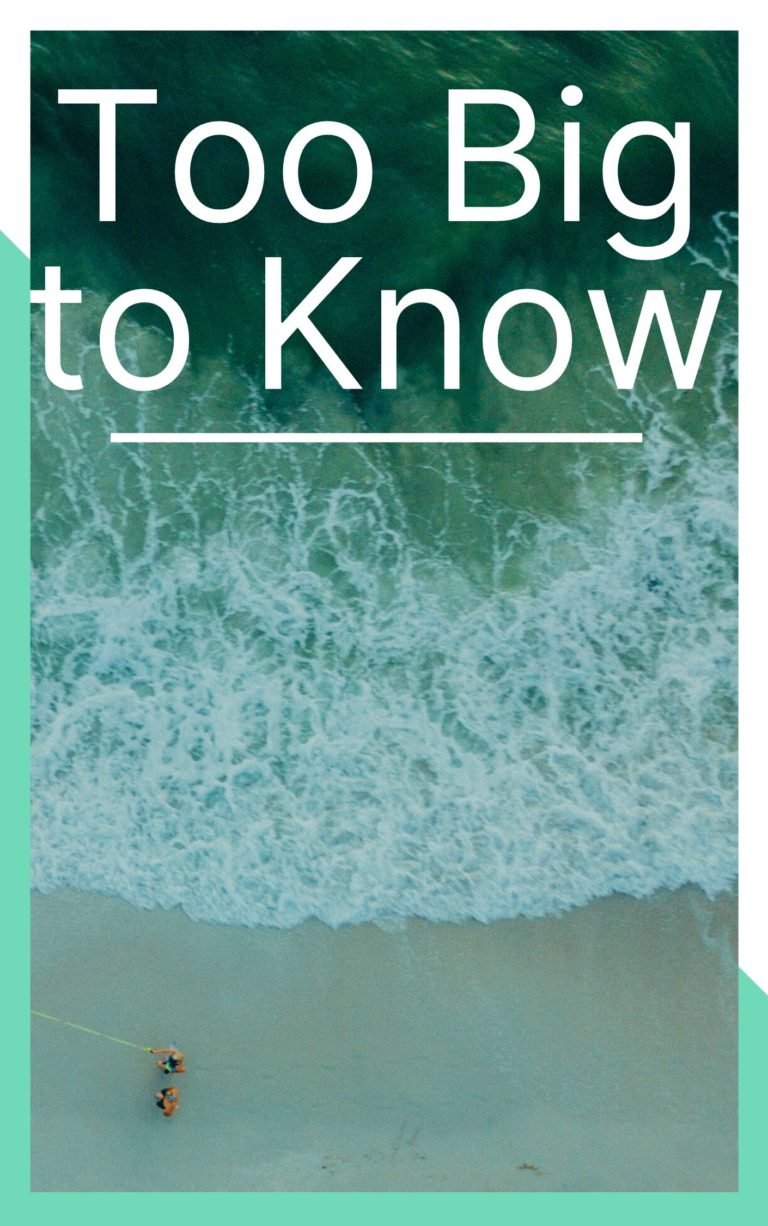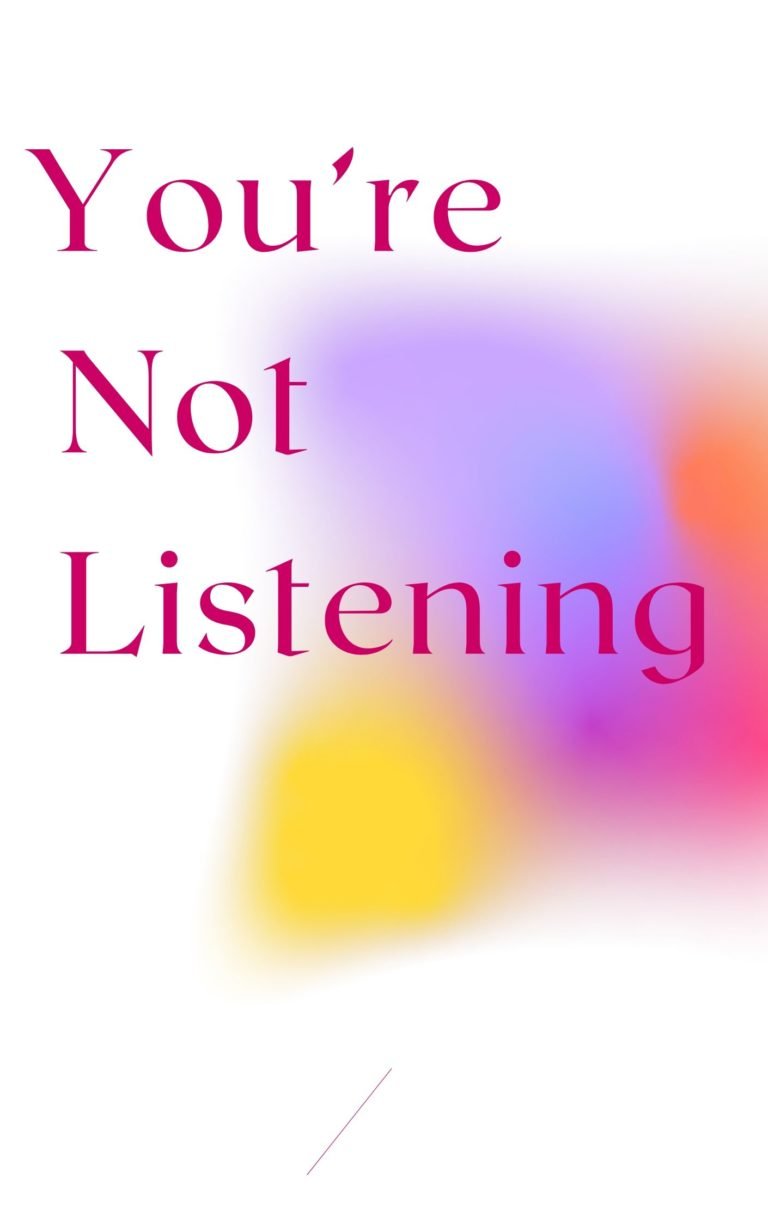Platform
The Art and Science of Personal Branding
Cynthia Johnson
Rating: 8.2
“Who sees you and what do they see? Here are wise strategies and useful tactics that will help you make an impact.”
—Seth Godin, author of This Is Marketing
Personal branding is the platform from which the world sees you. If you don’t shape it yourself, other forces will shape it for you.
Johnson explains that in the early 20th century, people began to associate ideas, values and feelings with brands. Advertising emphasized brand benefits. In the 1980s, brands evolved to create culture. Nowadays, social media enables consumers to communicate and interact with brands. Branding drives influence. People who want to reach an audience of stockholders, for instance, might prefer to publish in Bloomberg instead of reaching out to stockholders individually. Brands strive to be like people – connecting with others and expressing their voices.
The point of Johnson’s book – one that most people already understand – is that individuals can build a personal brand. You can define your measure of success. As the author explains, “Personal branding is about being yourself out loud.” Some people are afraid to ask for what they want due to programed expectations and fear of rejection. Instead, value your skills, and use them to get what you want.
Contents
Break free of old paradigms
People who manage to break free of old paradigms attain a new level of freedom.
In a sound piece of advice that may have little to do with branding, Johnson urges you to never accept reality as others present it. Shed preconceived notions to gain control of your reputation, she counsels, and be more authentic.
During the AIDS epidemic of the 1980s, the public so feared how HIV/AIDS spread that most people, even doctors, wore protective gear when touching patients suffering from the virus. In 1987, Johnson recounts, Princess Diana walked into a hospital unit treating AIDS patients without wearing a mask. The press photographed her shaking hands with a patient. Johnson points out that Princess Diana thought for herself, expressed her autonomy and used her reputation to change the way the world viewed AIDS patients.
Your opinions
People use your online personal data to form opinions about you.
Johnson makes it simple when she clarifies that your personal brand depends on what others think of you. Good communication earns their good opinion. The better you communicate, Johnson asserts, the more your audience will like you and regard you as relatable.
The word “résumé” derives from a French word that means “summary” or “abstract.” Résumés are ubiquitous. They form the basis for whether your ride share driver picks you up and whether you swipe left or right on a dating app, for example. Johnson wants you to understand that your résumé is available in aggregate online, and people use that information to make decisions about you.
When Leonardo da Vinci wanted the Duke of Milan to hire him, da Vinci wrote a letter outlining how he would solve potential problems. In the 21st century, job seekers send résumés via email or post them on LinkedIn. Like da Vinci, publish something that explains to potential clients how you can solve their problems.
Everybody has an online brand. Johnson’s crucial question is: Do you control your brand? Consider your online behavior. Would you be embarrassed if a prospective employer read one of your scathing reviews? Remove images or posts that you’re no longer proud of or that fail to help you achieve your goals. If you know of damaging content posted about you online, Johnson cautions you to stay away from those sites. Going to them will drive up their importance, and search algorithms will direct potential employers to those sites when they conduct searches for you online. The author warns readers that, “Pretty much everything about us online is fair game for someone to make an assessment about our worthiness for new opportunities.”
Online presence
Remove or minimize online content that is irrelevant to your personal brand.
Search for yourself online, Johnson suggests, using a so-called incognito browser window while you’re not logged into a platform like Google or YouTube. Search for your name, phone number, social media handles and email addresses. Note the content you don’t want posted publicly, and see how Facebook and Google categorize you. Turn off the ad personalization options on Amazon, Facebook and other platforms. Delete categories with which you don’t want your brand associated.
Join and use a new social media site, and add new online content that you’d be happy to have employers view. Start your own blog, or interact more on sites you’d like to have associated with your name. Johnson reminds you to assume that people will search for you. Don’t deny something if a job interviewer brings it up.
Branding yourself
The foundation of a personal brand combines “personal proof, social proof, association” and “recognition.”
Johnson identifies items of personal proof as – among other evidence – your credentials, your education and your experience – that is, all the factors that make you confident you can reach your next goal. A college education seems important, yet plenty of people work in fields unrelated to their degrees. Most employers value references over credentials but, Johnson notes, they seldom check either.
Social proof means other people vouch for you. Your followers on social media, references, published work and experience constitute social proof. For example, if you’re a writer, identify the publications you’d like to write for, read their guidelines, and contact them with your original idea or completed content. Johnson writes that opportunities to build social proof will come to you randomly. Take advantage of an opportunity even if you don’t feel ready.
Be strategic about how you associate with your clients, friends, employer and professional groups. Johnson believes you should not be shy about your positive accomplishments. She recommends communicating any recognition you have achieved, such as awards or published accolades, to let people know that you’re good at what you do.
Reflection of your own self
Your brand message reflects you, your personal values and your aspirations.
Build your social media presence, and develop a community or hire someone to start that effort. Of primary importance, Johnson makes clear, is securing a name you can use on all platforms. Use the Namechk app to see if your chosen moniker is available. Claim all your profiles for current and future use. Buy a dot-com web domain that contains your name or a variation of it. Use email addresses that incorporate the dot-com of your domain; it looks more professional than Gmail. Set up a separate email address to handle press inquiries or invitations to speak.
The right information
Issuing “formal information” reduces the chances of misinformation spreading about you.
Rumors spread by word of mouth. Media attention spreads them farther. Johnson cites Robert Knapp, a psychologist who analyzed rumors during World War II, who divides rumors into three categories: “Impossible dreams” are what people might wish were true, “ghost rumors” are fear-based rumors often featuring monsters, and “rumors that lead to disagreements” divide and undermine people. Negative rumors spread more quickly than positive rumors. Social media platforms connect large groups of people and accelerate rumors. Misinformation spreads most easily when you lack ready rebuttal information.
Johnson decided to use social media to post only about her job and career successes. As a result, people in her circles believed she was an expert in her field, and she was able to lead a separate private life. Take your expertise seriously, and fold it into the authority and credibility of your personal brand. Consider how your clients or employers may view what you publish. Johnson recommends using online fact-checking sites, including Factcheck.org and Snopes.com.
Brand perception
Knowing what your social media behavior says about you is the first step to changing perceptions.
Johnson reports that psychology researchers at the University of Cambridge and Stanford University found that computers judge personality more accurately than humans do. Cambridge’s Apply Magic Sauce research platform can provide an algorithmic personality analysis based on your Twitter account. A Myers-Briggs test can help you pin down how others perceive you. Johnson stresses that understanding your personality profile will help you rebrand if necessary.
Imposter syndrome impedes qualified people from landing jobs and helps unqualified people retain their positions. Send achievements to your partner, family members and acquaintances, and share their praise about you. Post what you’ve already done – not what you’re going to do – and don’t add commentary.
Brand-building, Johnson finds, doesn’t rest on you or your personality but on how you influence others – that is, how you make them feel. Johnson advises starting with your main message or mission, since you can always change details later. She presents the example of Elon Musk, the founder of Tesla, a company focused on electric cars and battery solutions, who burnished his personal brand as a socially aware tech genius. A single tweet in 2016 alerting his followers to a product press conference added 2% to the value of Tesla stock.
Making your strategy
For a better understanding of growth strategies on any social media platform, understand how its algorithms work.
Game theory analyzes complex situations by having two or more actors compete to figure out the best strategies for the biggest payoffs. In cooperative scenarios, a team of individuals contributes to a common goal. Each member contributes differently, and their values vary.
Johnson used game theory to add followers on Twitter. She knew she needed to be a consistently reliable poster, respond to people and prove her credibility by gathering more than a million followers. Johnson identified the top influential experts in her field and connected to their accounts. She boosted her “trust signal” by holding Twitter chats with her followers at a consistent time every week.
Johnson decided who she wanted her audience to be and what kind of account she wanted to have – and then built them strategically. This connects to game theory because, as a player on Twitter, her contribution became more important as her following grew and Twitter promoted her posts. Johnson tells that she became valuable to those following her because she let them participate in the community she was building.
Johnson thinks that your network might be the most valuable component of your personal brand. Identify the result you want to garner from your networking relationships. Use a long-term strategy to link with people whom you want in your network. Let them know you’ve viewed their accounts, and put your name in front of them. Follow them on Twitter, and reach out to them on LinkedIn. You want them to know that you’re seeking them out specifically and are engaging with their content. The ideal next step, Johnson proposes, is face-to-face meetings. Think of ways you can be valuable to the people you meet with and help them achieve their goals. Post your email address in your profiles, and explain why people should reach out to you. “People care more about whom you know,” the author writes, “how you know them and what they think of you than about what you know.”
Quality is more important than quantity in your posts. Do your best by others; you never know how the relationships may evolve. Avoid snafus, Johnson warns, by communicating clearly and asking respondents to verify that they read your tweets or posts. Keep in mind that everybody makes mistakes.
Remain in light
Post your accomplishments to your networks so you remain top of mind with your contacts.
Johnson emphasizes that you mustn’t be so humble about your work that no one knows about your achievements. She repeatedly advocates publicizing your accomplishments.
Most jobs get posted, and referrals fill most jobs. Thus, Johnson repeats, it’s important to be the person who comes to mind when someone seeks your type of expertise. Put relevant search terms in your profile to make it easy for recruiters to find you. Post content to LinkedIn or participate in groups to build recognition.
Johnson wants you to state your thoughts fearlessly. Some people – usually people you don’t know – will hate you for it. You can’t let that affect you. When you’ve developed your brand message, created content and become known for your expertise, think about what comes next. When you’re ready, rebrand all at once, or your efforts will confuse your followers. Don’t be shy, Johnson underscores, about claiming your place as an expert.
Basic and Amusing
Digital marketing expert Cynthia Johnson offers a quite basic primer for online brand building. Her audience seems to be people who have little practical or life experience with brand-building, especially online. Because almost anyone in junior high or high school today is all too aware of what creating an online brand involves, Johnson’s manual might prove more helpful for older members of the workforce, those active on Facebook, for example, or even Instagram, but who have little idea how to create a more sophisticated online presence. Johnson’s advice about hunting down every time you appear on the web makes a great deal of sense as a starting point and will help aware readers discover the extent of their online presence. Johnson writes with energy and verve, and manages to make various dull but necessary tasks seem less like chores and more like purposeful steps in setting forth your identity.







One Comment